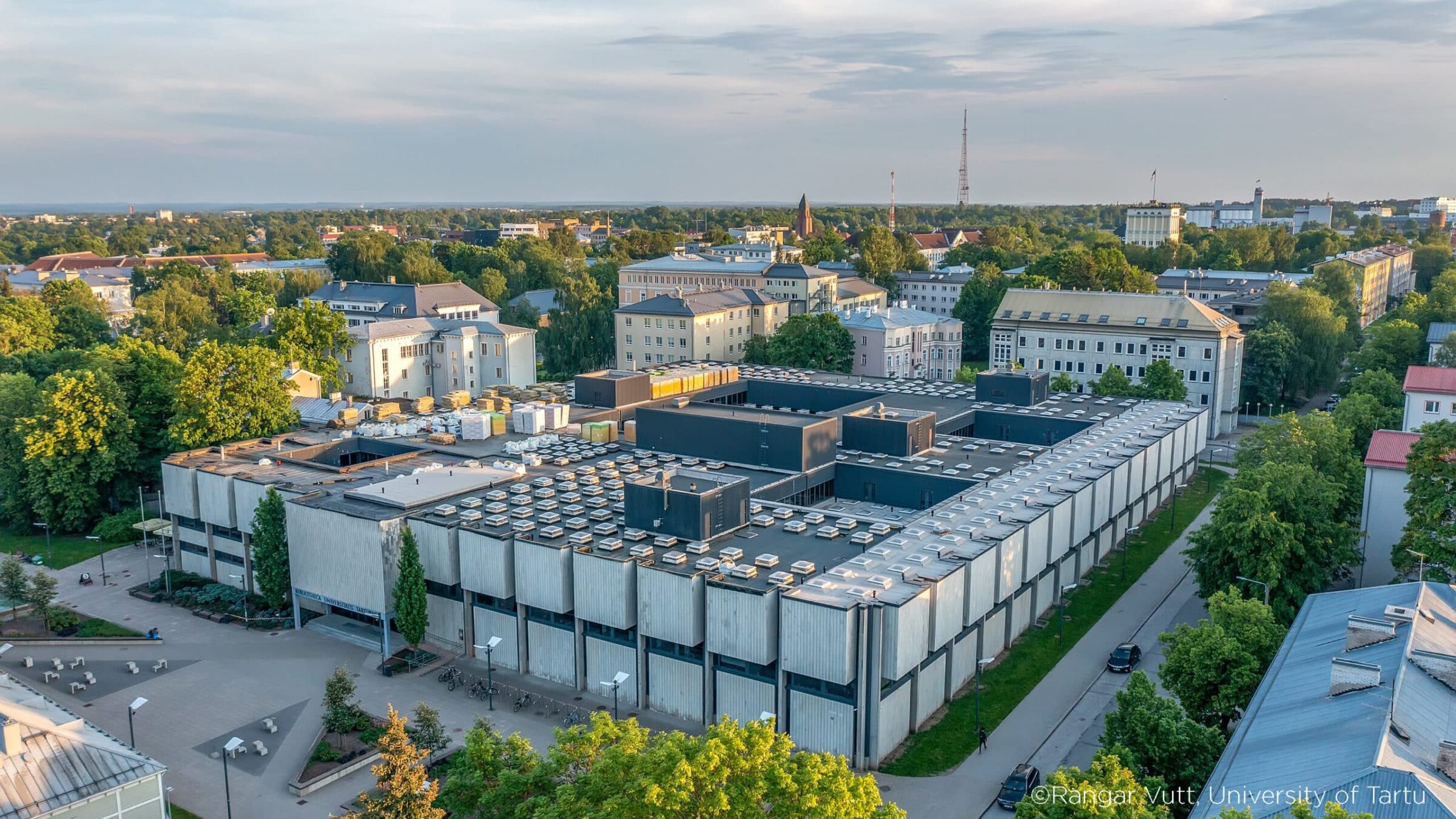The University of Tartu Library (UTLIB) was founded in 1802 and is a research facility dedicated to accumulating, preserving and providing information for research and study to the University of Tartu, based primarily but not exclusively on Estonian cultural heritage. Their prestigious position and their mission to digitize rare books, manuscripts and photographs since over two decades requires them to have a high standard for their digitalization workflow and equipment.
We have spoken with Aare Vesi, who manages the laboratory for Multispectral Imaging and photography, about the different techniques used.
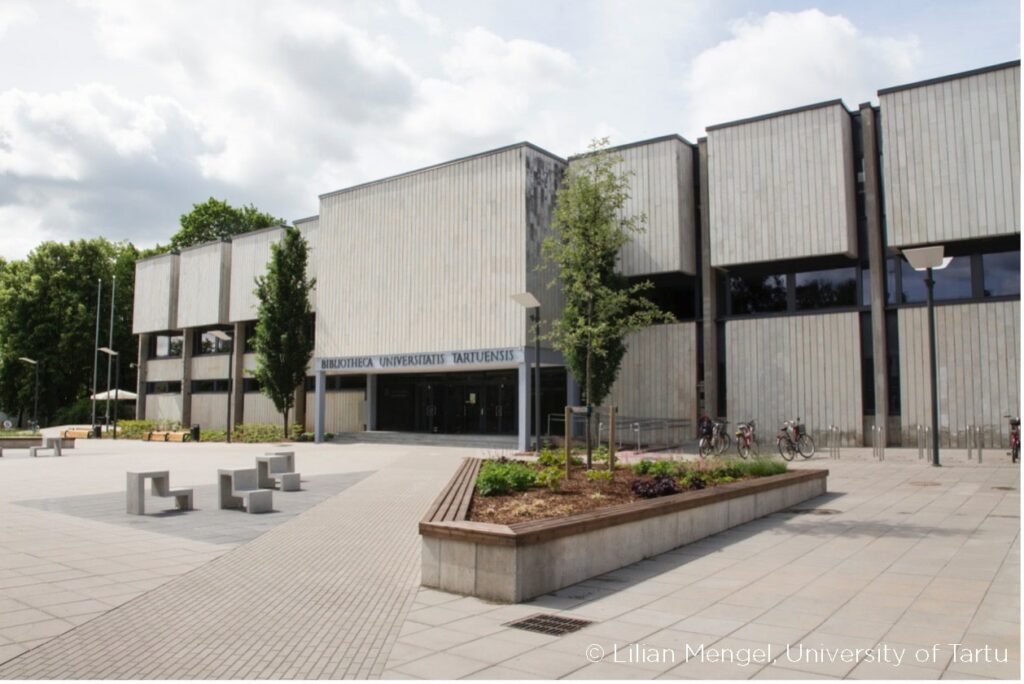
How do you organize your digitization process?
The library has its own Preservation and Conservation department, which both require our Phase One multispectral imaging solution on a daily basis. As this is a new project and a new team, we have set up the lab as part of the Information Systems department. I mainly operate the solution, while working closely with my colleagues from other departments.
The collection is broad in its content, amounting to about 3.9 million items. Amongst these are approximately 42,000 manuscripted documents, over 78,000 photos, 3,000 books and 16,000 works of art. The collection of manuscripts ranges from the 11/12th century to the present day. The oldest manuscripts and documents are held in a separate collection that includes illuminated manuscripts, books and documents from Western Europe and Oriental countries, numerous source materials on the history and legal history of the Baltic countries, autographs, and other manuscripts of cultural and scientific historical value. Therefore, our digitization facility needs to be flexible enough to capture a broad range of materials.
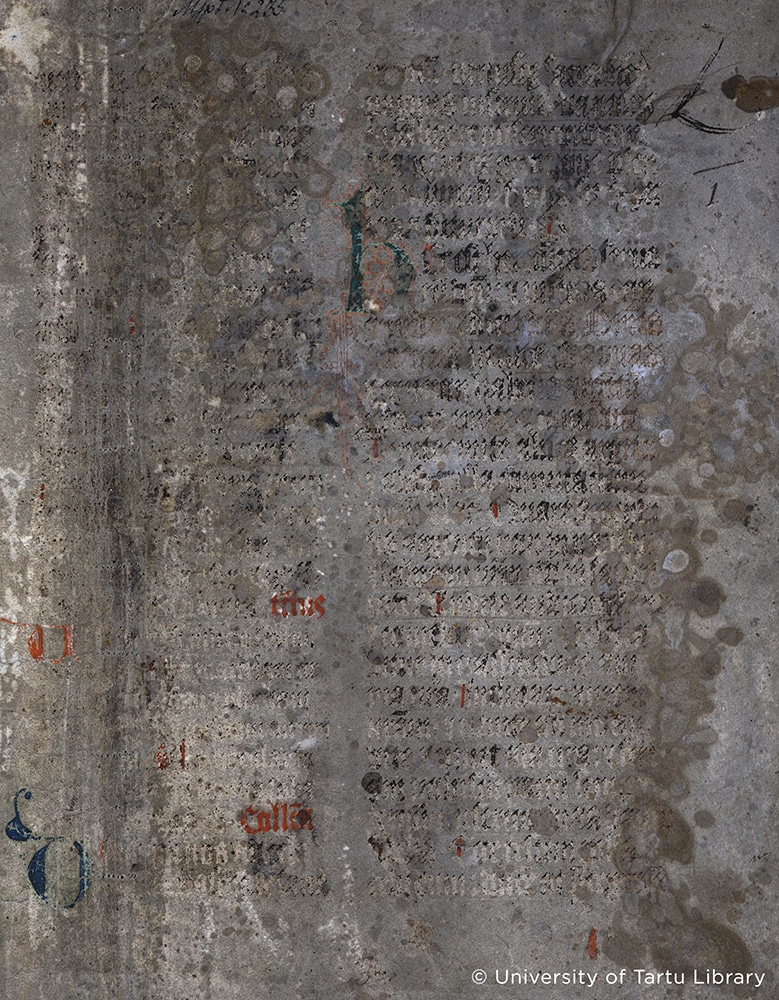
Equipment and workflow
How long have you been using Phase One?
We started looking for a multispectral solution in 2020 and heard about Phase One’s system, which was launched during the pandemic. My background is in software development and in photography. After completing a lot of research, I came to the conclusion that the RGB sensor that the Phase One system uses is perfect for our needs, providing an incredible amount of high-quality details. It is very flexible compared to using an achromatic sensor, allowing us to use it for general digitization work as well as multi spectral imaging.
Phase One offered an online workshop where we could see the system and have an insight into the setup and the workflow, and they also provided us with some sample files to analyze. In Summer 2021, we ordered our Rainbow Multispectral System with Narrowband LED lights, with delivery taking place in September that year. Gerald Schnittger, one of Phase One’s Product Managers, visited our lab to install the system and to provide training on its use.
At the moment we are housed in a temporary space in the building, which we quickly re-purposed to make it is suitable for multispectral work. The plan is to move into a dedicated and more spacious laboratory, hopefully before the end of this year. We use a Kaiser motorized copy stand and mobile light stands on castors.
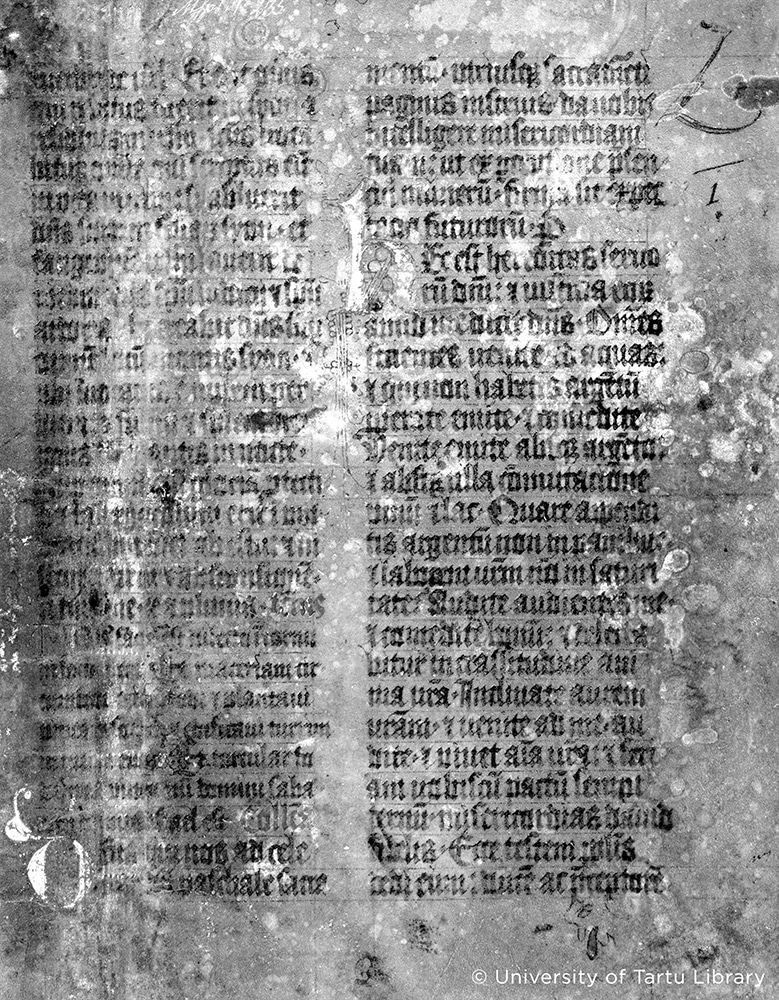
WHAT IS YOUR WORKFLOW WITH THE RAINBOW MSI SOLUTION?
All of the capture work is done in the Phase One MSI software. The first post-capture analysis of the image stacks is always conducted in the MSI software as well, which is a convenient way to gain a quick and easy look into things and prepare for any in-depth statistical analysis. For the latter we use ENVI® and with my background in software development I am eager to see how the MSI software evolves and becomes an even more integrated part of our capture, analysis and publish workflow.
So far, we have mostly been testing and learning the capabilities of the system on a number of different types of objects, including some rather complex manuscripts and palimpsests. I can certainly appreciate the ease of use of the system and am looking forward to using it in future on larger scale projects.
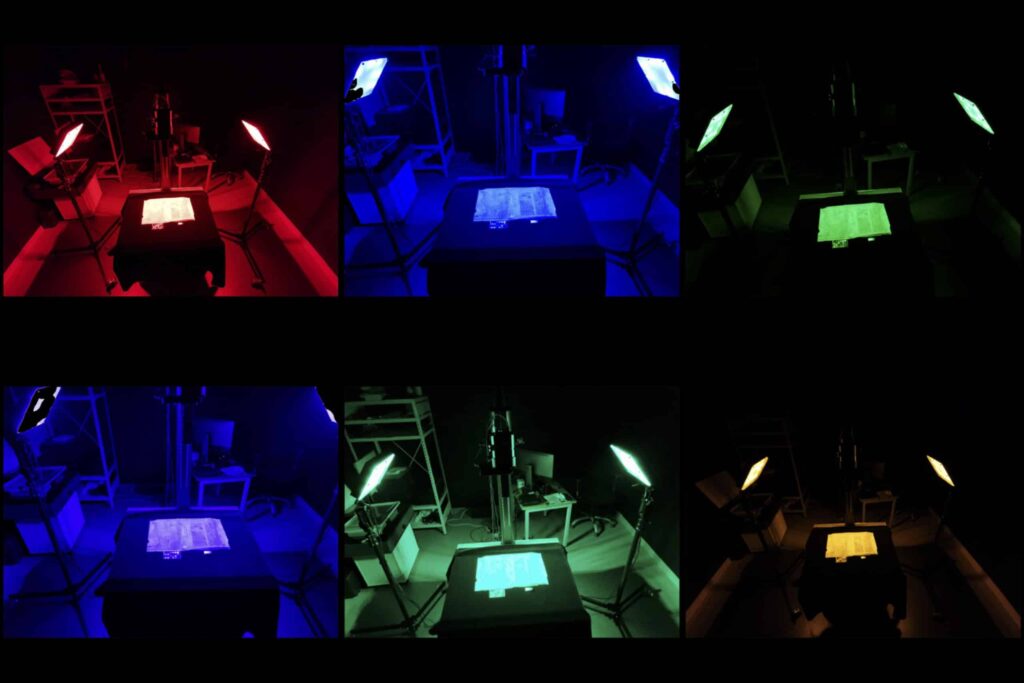
ARE YOU PLEASED WITH THE SUPPORT YOU RECEIVE FROM PHASE ONE?
Definitely. Even though COVID-19 presented some challenges at the beginning, Phase One were still there for us and arranged those remote demos – there has always been a high degree of communication with their MSI experts. Since the installation last year there has been a number of software updates and I can see how they always listen to my feedback and try to accommodate my suggestions as they develop the system further.
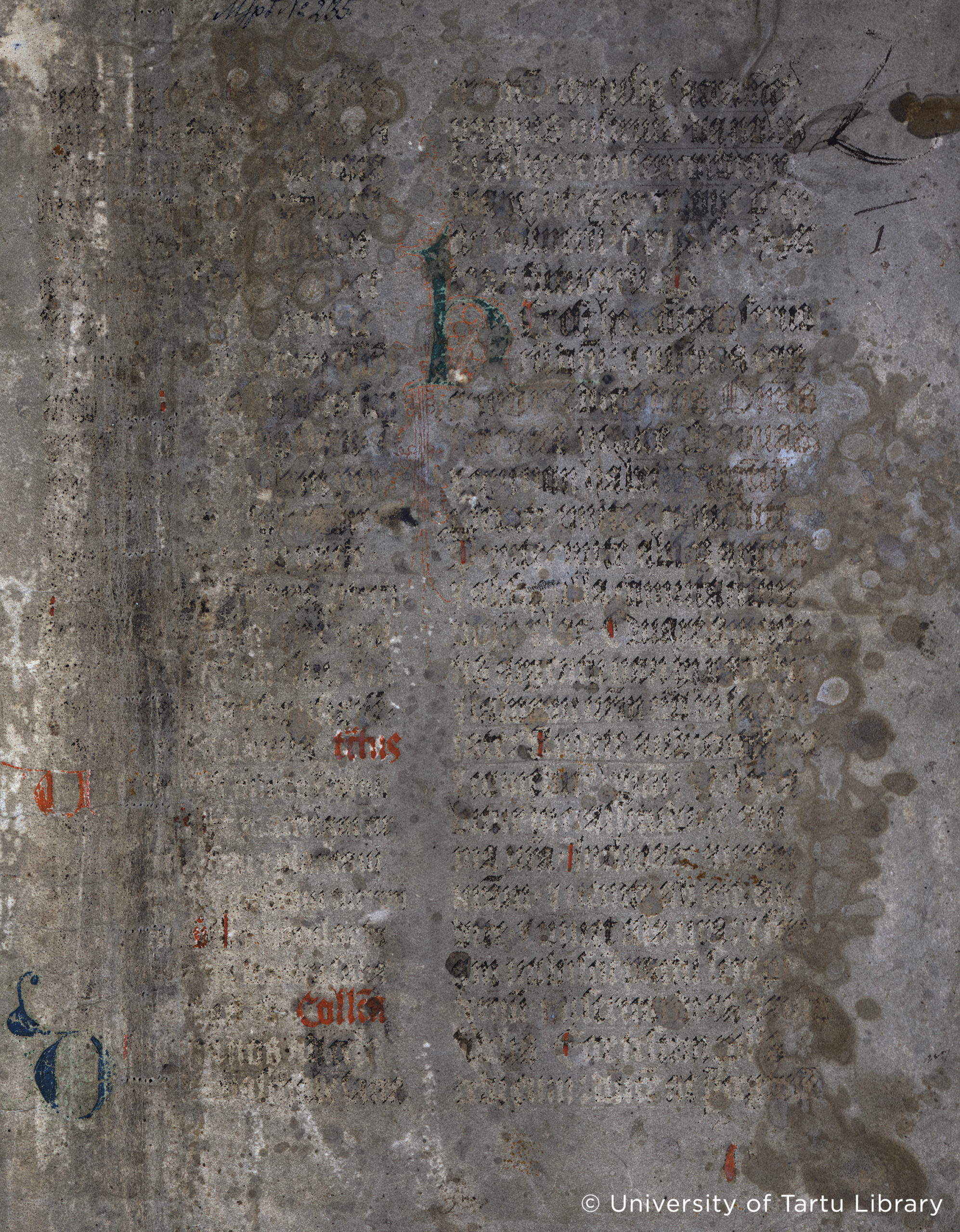
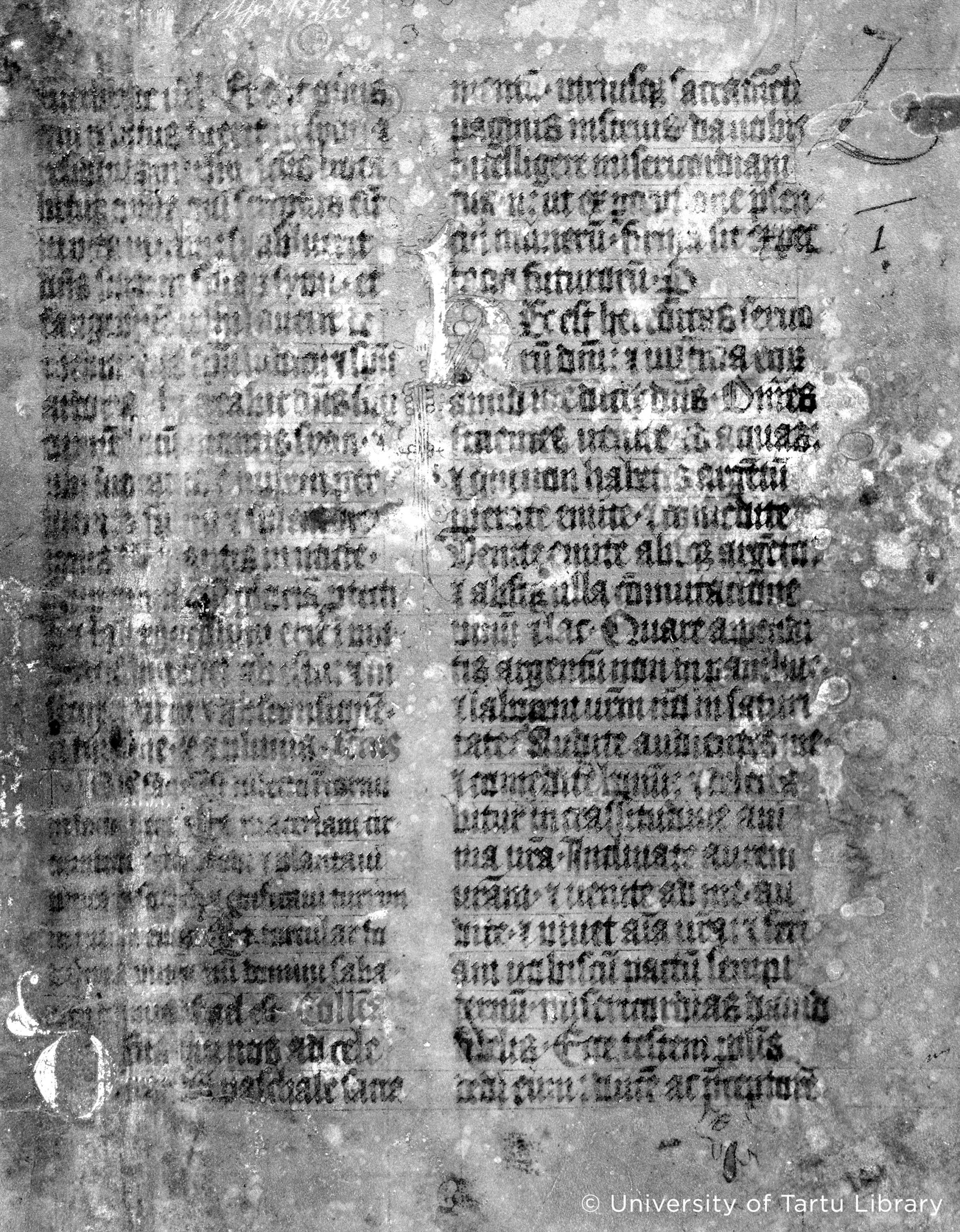
Swipe and reveal the invisible yourself
Multispectral imaging can be utilized in a lot of ways, from uncovering hidden messages in scriptures, investigating invisible residues in organic material or analyze color compositions of renowned art work. Our solution is utilized by the largest art and preservation institutions and supports criminal investigators all around the globe to gain more information on their subject of interest.
Capture workflow process description and datasets are available here.
Additional material testing datasets are available here.
Data captured by Aare Vesi, University of Tartu Library.
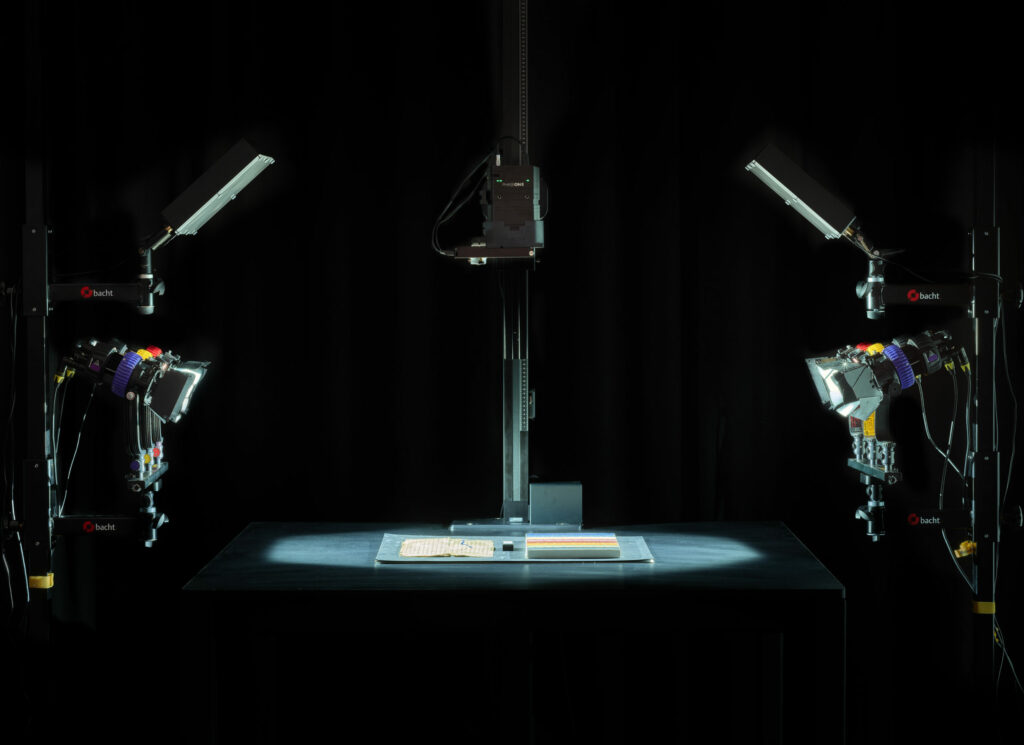
Discovering the opportunities of multispectral imaging
Multispectral imaging (MSI) captures light from a range of wavelengths -visible and invisible to the human eye – across the electromagnetic spectrum using special camera technology, light sources, and filters. The Rainbow Multispectral Imaging Solution from Phase One is a fully automated and powerful tool for both multiband and narrowband multispectral imaging applications, delivering in-depth insights into materials, pigments and other traces in documents, paintings and artefacts, without physical contact with the object.
Get in touch with us about our cutting-edge digitization solutions
If you would like to discuss with us how our solutions can tackle your individual pain points or get a demonstration how we have improved the digitization process of other institutions, then just fill out the enclosed form.
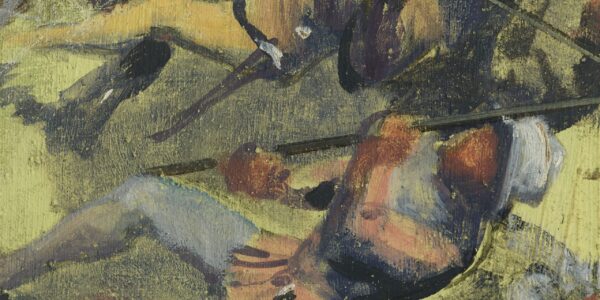
Heritage
Digitizing Panorama formats with Phase One
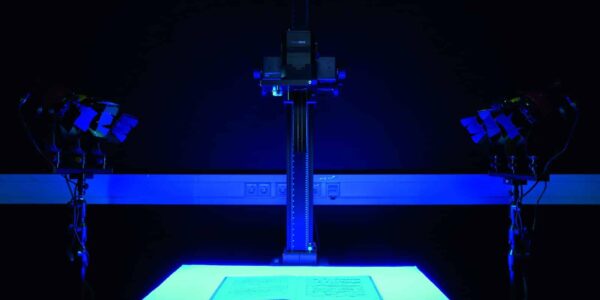
Heritage
Modular digitization at the Herzogin Anna Amalia Bibliothek
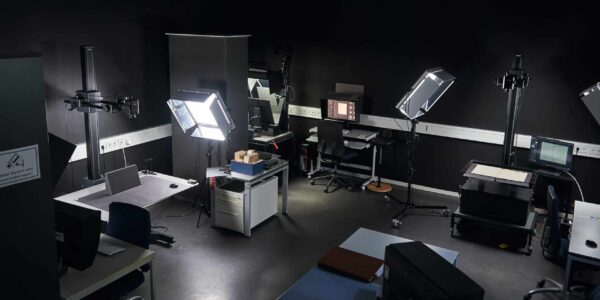
Heritage
Goethe in Weimar’s digitization center
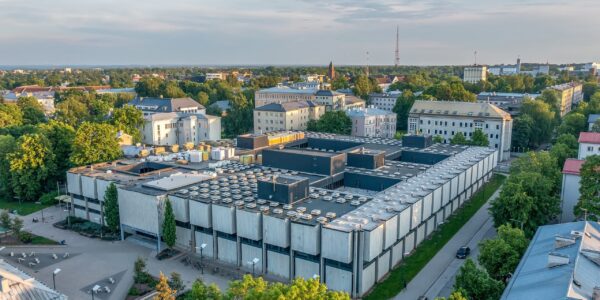
Heritage
University of Tartu Library
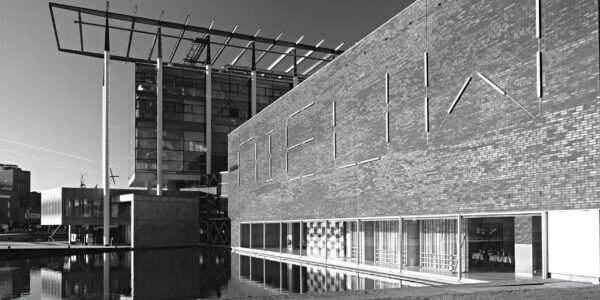
Heritage
Het Nieuwe Instituut (The New Institute) – Rotterdam, The Netherlands
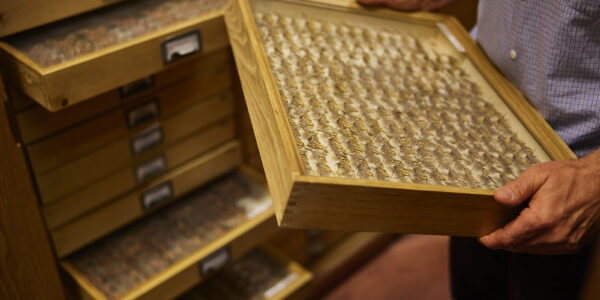
Heritage
Digitizing the Lepidoptera collection at the Hungarian Natural History Museum
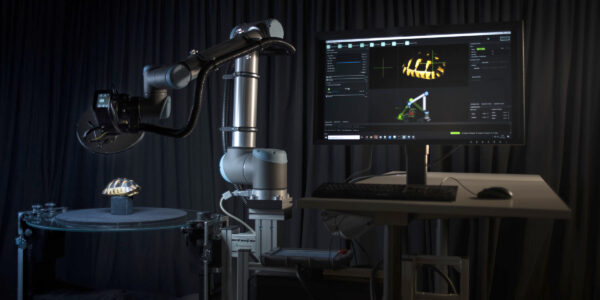
Heritage
Digitizing Dinosaurs and the Path to Virtual Exhibitions
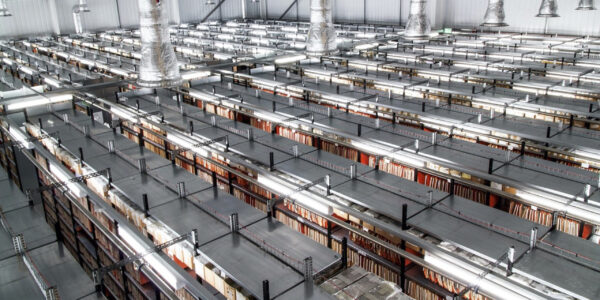
Heritage
Getty Images Archive – Phase One iXG 100MP and Film scanning solution
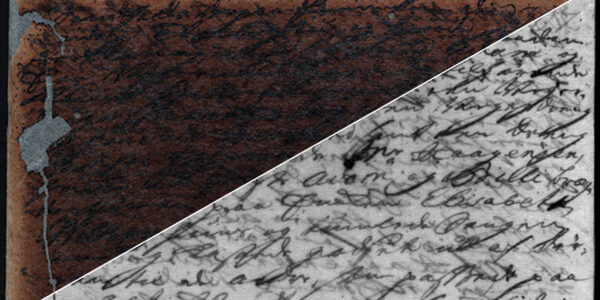
Heritage
The Royal Library of Denmark

Heritage
The Fotothek of the Bibliotheca Hertziana
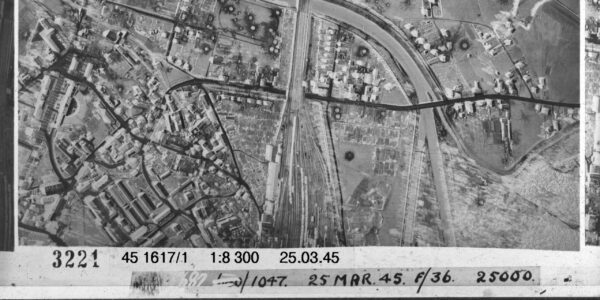
Heritage
Digital Aerial Photography Archive for Baden-Wuerttemberg

Heritage
Just in the nick of time: the story of an A0 at 300ppi test
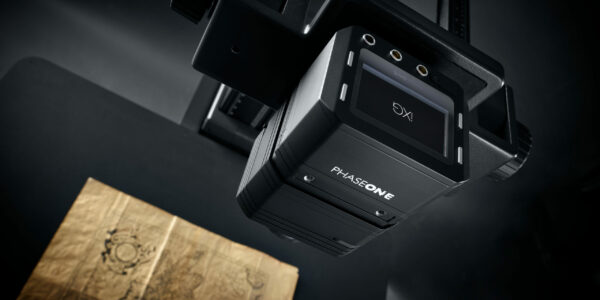
Heritage
Phase One generates stunning results for colonial cartography maps
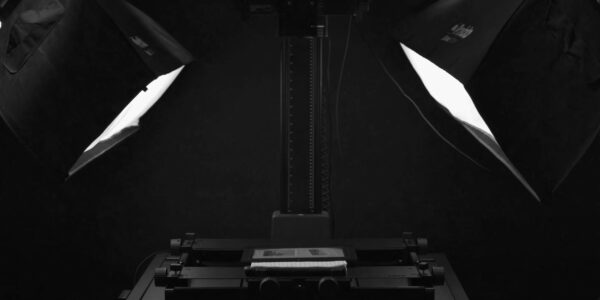
Heritage
Journal digitization workflow with the iXG Camera System

Heritage
A conservation analysis project of two Pieter Bruegel masterpieces
